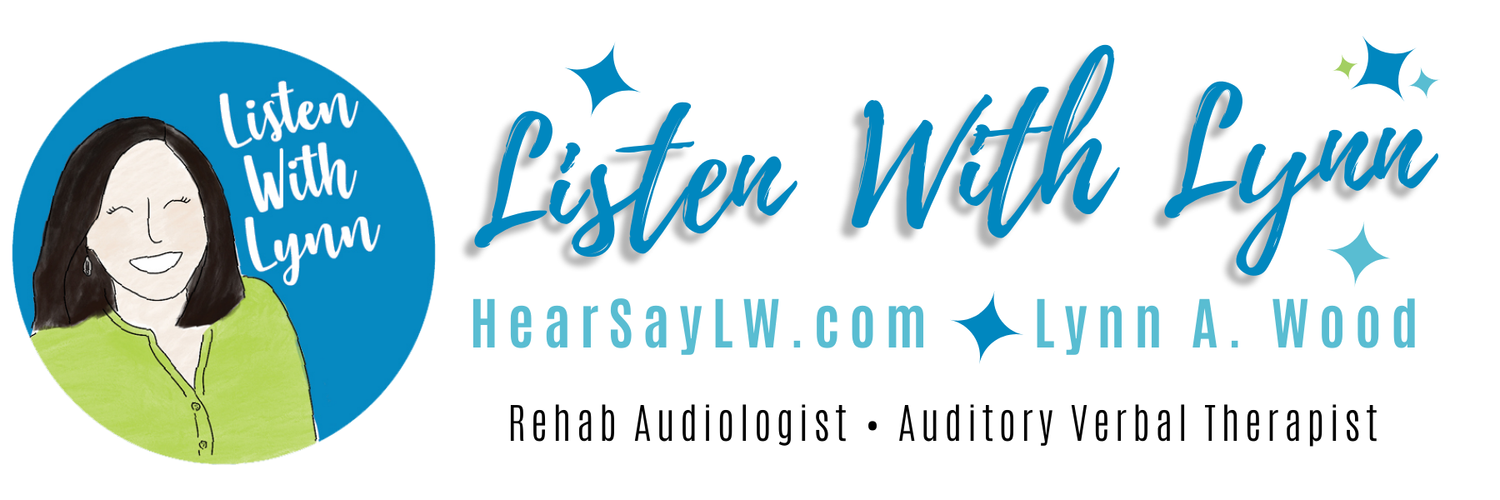😀 Grinning From Ear to Ear 😀 is a collection of ten kid-approved games. Players learn and practice vital skills of listening and communication while having tons of fun!!
10 Games and a myriad of goals to target:
1. Woot Woot! Booooo! targets listening, auditory processing and comprehension of connected speech at the sentence level.
2. I’m Going On A ________ targets listening, auditory memory and recalling details in sequence.
3. Bean Bag Boogie targets listening, multi-step directions, auditory processing and comprehension.
4. Simon Says Or Not? targets listening, auditory processing, following multi-step directions and instructions.
5. Thumbs Up Thumbs Down! targets listening, auditory processing and comprehension of connected speech at the sentence level.
6. I Say - Go! targets listening, temporal auditory memory skills, auditory processing and following multi-step directions.
7. Found Sounds Outdoor Scavenger Hunt targets listening, identifying and localizing common outdoor sounds and their descriptors.
8. Ear To Ear - Back To Back targets listening, auditory processing, following and giving directions, joint attention, two-way communication skills and cooperation.
9. Do What You Hear Not What You See targets listening, following complex directions and auditory processing with distractions.
10. Draw A Rhyme targets listening, following directions, auditory closure, phonemic awareness, recognizing and generating rhyming words.
Expect lots of 🤣giggles and 😃grins!











